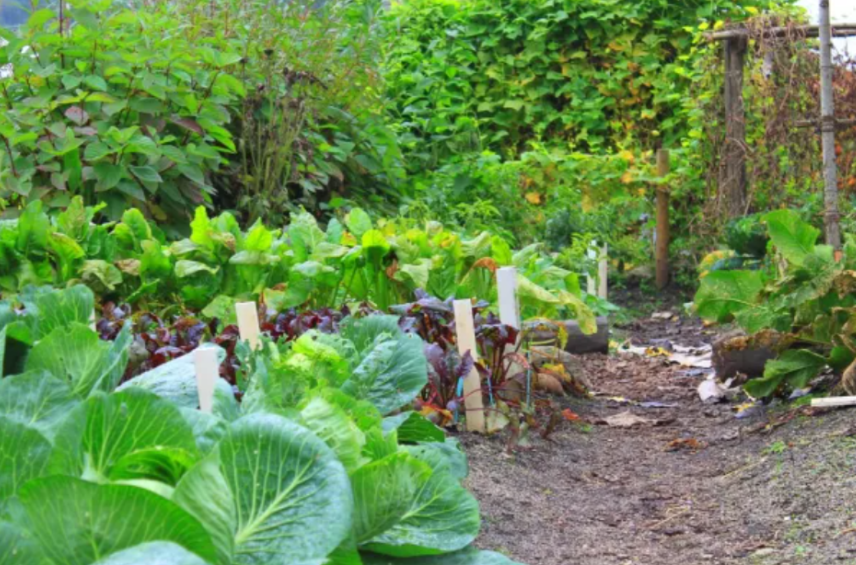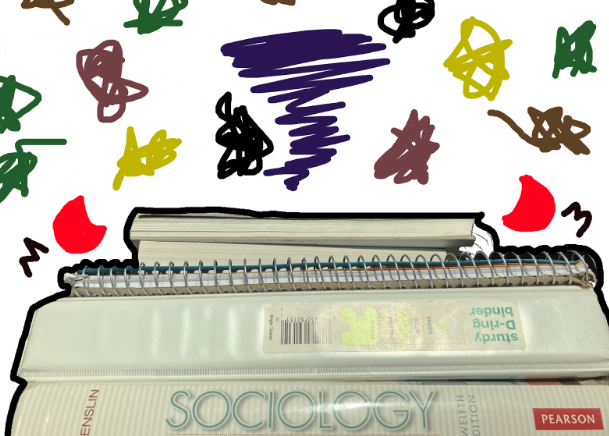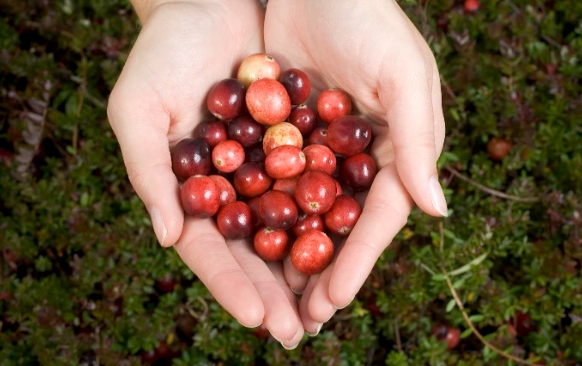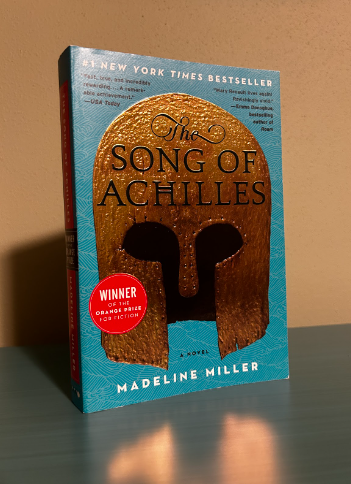Gardening has been proven to help reduce stress and promote mindfulness. As the school year begins wrapping up and finals approach, starting a garden could be the perfect hobby to help stay grounded in this time of chaos.
Step One: Choosing the right location.
The first step to starting your own garden is finding a location. Whether it be the size of a field or just one planter bed, you can still grow a variety of plants. If you are struggling to decide where to put your garden, check your front or back yard for available space. Ideally, the south side of your house is best for plants. If you live in an apartment, try using a window box, balcony, or any shared green spaces your apartment offers. Try to find a spot with lots of sunlight so your plants can get the nutrients they need.
Step Two: Choosing what to plant.
Depending on where your garden is, you may be more limited to the types of plants you can grow there. If you’re struggling to find a sunnier spot, try to pick plants that thrive in the shade. You also need to be careful with what you plant next to each other or in the same pot. There are multiple reasons why two plants may be incompatible. Some plants do not grow well together due to susceptibility to the same disease, tendency to attract pests and rodents that damage nearby plants or competition for nutrients. Some plants you don’t want to mix include: potatoes and tomatoes, beans and onions, and cabbage and strawberries. Always make sure your plants are compatible before you plant them next to each other. Some plants that thrive in spring include: strawberries, blueberries, carrots, cabbage, lettuce, and radishes.
Step Three: Where to get equipment.
Once you have planned out the location and what you want to plant in your garden, head to the store and purchase your seeds, soil, and equipment. One of the best places to go in Middleton for all your gardening needs is The Bruce Company. When shopping, make sure to purchase all of your seeds and the right amount of soil for the plants you plan to plant. You can use the Garden Soil Calculator to determine how much you need. Along with seeds and soil, you will need specific gardening equipment. The larger your garden, the more you will need. Most gardeners should invest in a pair of gloves to protect their hands. For a bigger garden, a hose is a good item to have to water everything more efficiently. For a smaller garden, a hand rake is important to help level out the soil when planting the seeds. To prune your plants and remove any unwanted weeds, a pair of pruning shears is helpful, but scissors work as well. To save money, you can find many gardening tools at second hand stores like Goodwill or Habitat ReStore.
Step Four: Planting your seeds.
After purchasing your supplies, if you have a composting bin, you can prepare your soil by mixing it with compost to make it more nutrient-dense. Then, take your soil and put it in either your planter, pot, or garden bed. To plant your seeds, dig a shallow hole, drop your seeds in, and use your hand rake to comb over the top of the dirt. Afterwards, lightly water the top of the soil. Make sure to follow any provided instructions of the seed packet. To remember where you planted each species, you can take the seed’s packet and make a DIY sign to put in your garden. Take the packet and glue it to a popsicle stick. Then, take this to where you planted that species of plant and bury the bottom of the popsicle stick in the soil. Continue to take the time to check in on your garden and water it daily. Soon, you’ll see the seeds begin to sprout.
Step Five: What can you do with what you grow?
After your plants are fully grown, you can use any berries or vegetables to make your daily meals. You can use carrots to make carrot cake, which is a great dessert for springtime, or make a pie using berries. Any greens that you grow can be used to top off a dish or make a salad. If you do have a compost bin, remember to put any food scraps in there so they can be broken down and used to continue to enrich the soil.
Planting your own garden is a great way to reduce your carbon footprint and help planet Earth. It also helps calm your mind and creates a healthier diet if you use what you plant in the garden to make your meals.









